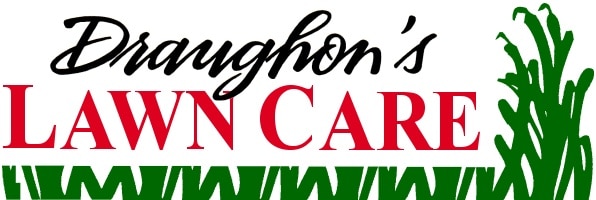Ask The Expert
Expert Q & A
Proper mowing practices are essential to your lawn’s health and maintenance. Mowing too short damages grass root systems, thins the lawn, decreases drought and disease resistance, and increases your weed population. Please set your mowing height to at least 3 inches for the spring, and try not to cut off more than 1/3 of the grass blade per mowing (cut when your grass is 4-5 inches high). Keep your cutting blade sharp, and do not collect your clippings (unless you have grass clumps), as they return nutrients to the soil as they decompose.
The dead patches in your lawn are likely the result of lawn disease/drought damage from past years. Dead grass/thatch should be removed. Add a little topsoil and re-seed these areas, or aerate and over-seed the damage areas.
The best time to water is around 3:00 am to 4:00 am. This time is optimum because watering before sunrise helps decrease the possibility for disease, wind is lighter, potential for evaporation is lower, and water pressure is higher.
The length of time spent watering varies depending on several factors such as: soil type, season, and weather conditions. An ideal schedule to get started in cooler weather would be once per week for about 20 minutes. Twice per week for 20 minutes should be sufficient in summer weather. During this time, you should make monitoring soil a habit to avoid the possibility of under or over-watering.
Assuming you’re asking for all key components, hardscape, fencing, drainage, lighting, plant material, etc., a realistic range is 5%-15% of your home’s value. Project costing however is very dynamic so your project price me be higher or lower based on site conditions, access, plant selection, scope of work, materials etc.
It is generally agreed that fall and spring are the best seasons to plant. These allow for the best opportunities for maximum growth for newly planted seeds and bulbs. Summer and winter months are not ideal for landscape installation, but lawns still need regular watering during these months to ensure proper growth.
- Mulch provides the following benefits for planting when done correctly: For shrubs and ornamental trees, a mulch base of 2″-3″ is recommended. It helps to keep weeds in check, retains moisture in the soil and adds organic matter to the soil as it decays. Woody, ornamental and evergreen trees do not need or want their soil cultivated around their roots.
I prefer to recycle the clippings back to the turf as mulched grass blades (along with fall leaves) because they are 80% water and nutrients. These mulchings are the very best compost for building long-term highly organic soil. I only catch when an area is too small or may get too many clippings in gardens. If I choose not to catch your grass clippings, be assured that even if I have to do a double cut based on a 7-day mowing cycle, there will be no extra charge to you, and you will always have a high quality appearance.
Brown spots can be caused by a variety of different things; here are a few possible reasons. Fungus, lawn is too dry, lawn is stressed, and chemical burn, are a few possible reasons. Call our office and have a professional come out and diagnose the lawn and help you fix the problem.
Contact us with your own questions, we would love to hear from you.
